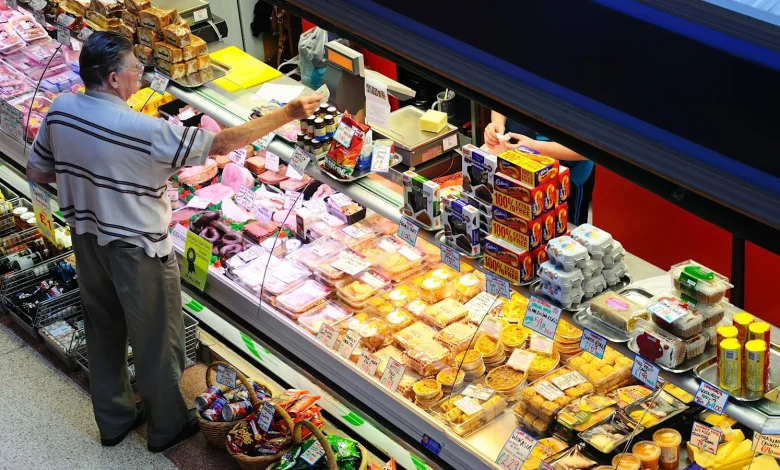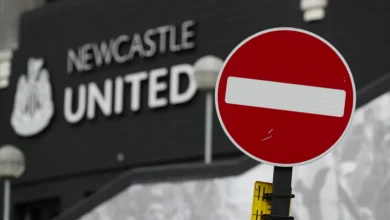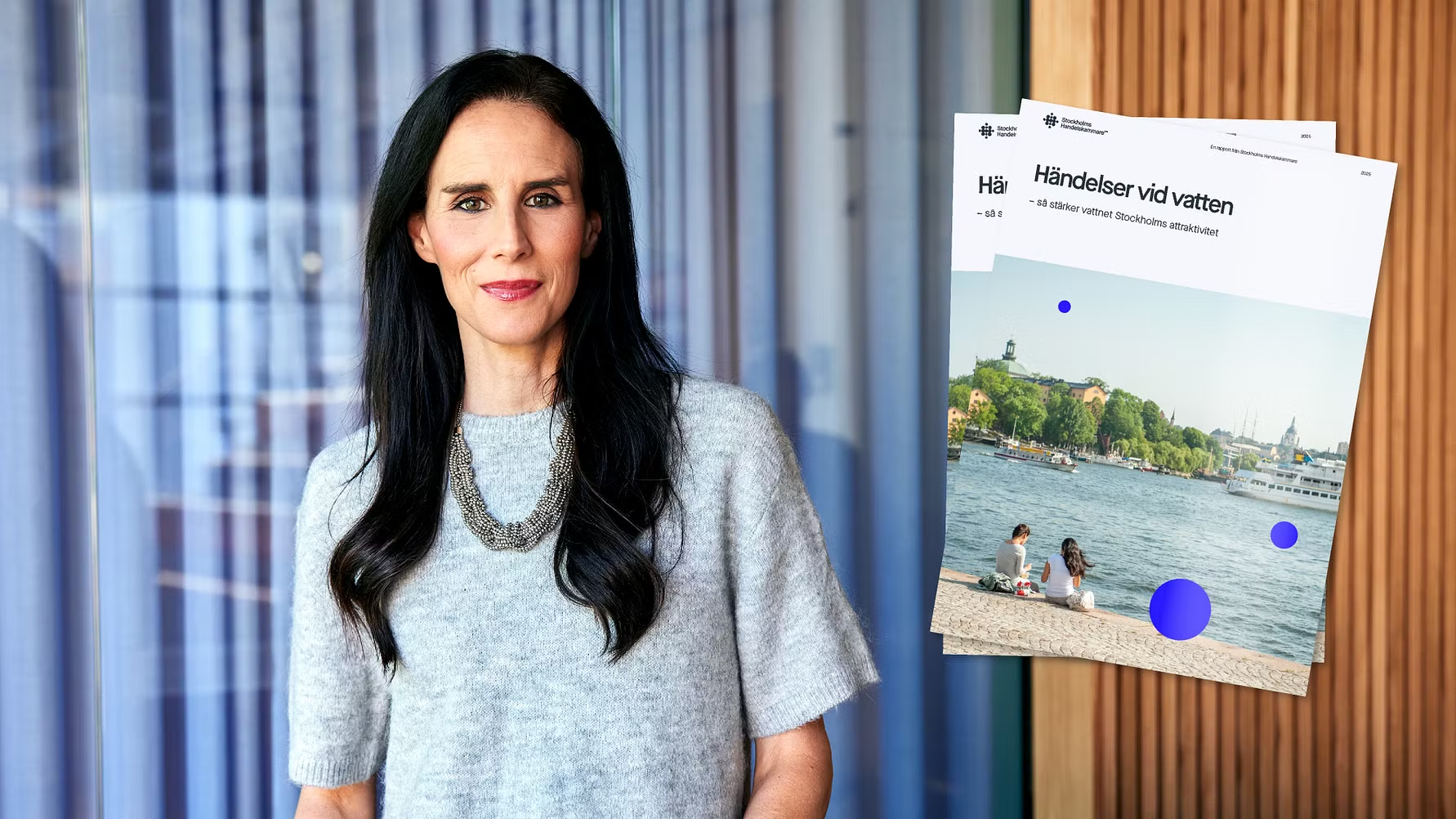Inflation falls but food prices continue to bite

This morning brought another sign that the latest painful wave of inflation we’ve been living through is finally subsiding.
The headline annual rate fell to 3.6% in October.
On every important measure – core, services and goods – the upward pressure on prices eased.
But beneath the surface, a lot is going on.
Gas and electricity prices rose last month, but by less than they did last October. Hotel prices and airfares also helped drag the headline rate down.
It’s encouraging stuff. If only we didn’t have to eat.
Because while economists will smile and say these figures suggest the worst is over and increase the chances of an interest rate cut in December, the lived experience for households is that the price of food keeps rising.
Annual food and drink inflation picked up to 4.9% in October. The Bank of England expects it to peak at 5.3% at Christmas before easing.
“This fall in inflation is good news for households and businesses across the country – but I’m determined to do more to bring prices down,” the chancellor said on Wednesday.
Rachel Reeves’ first Budget was inflationary. Supermarkets calculate that the measures she announced added between 1 and 2 percentage points to the price of food and drink.
Subscribe free to our weekly newsletter for exclusive and original coverage from ITV News. Direct to your inbox every Friday morning.
Her next Budget is expected to include further significant tax rises, which – all else being equal – risk slowing an already subdued economy and pushing up unemployment.
It’s also worth noting that the constant speculation over which taxes will rise next week appears to be cooling the housing market. House prices rose 2.6% in the year to September – down from 3.1% in August, according to the Office for National Statistics.
Across the economy, wage growth remains stronger than the Bank of England is comfortable with, and surveys suggest households and businesses still expect inflation to be close to 4% in five years’ time. The Bank’s target rate is 2%.
But an increasing share of businesses say they expect more modest pay settlements in 2026, and they’re not planning to raise prices.
The Bank will want to see what’s inside the chancellor’s red box before making its next move, but the signs are clear: peak inflation has passed, and the case for a rate cut is getting stronger.
From Westminster to Washington DC – our political experts are across all the latest key talking points. Listen to the latest episode below…





